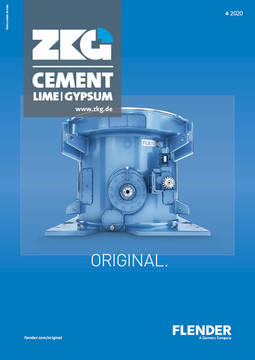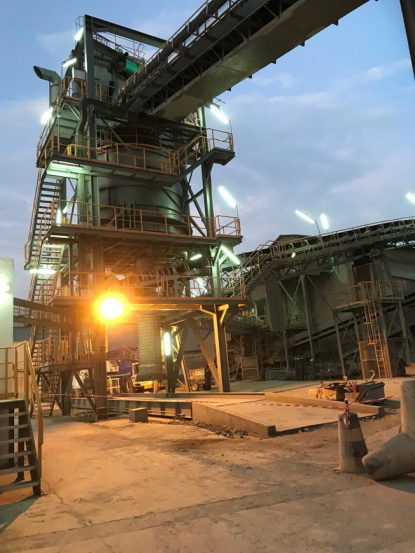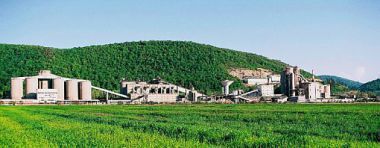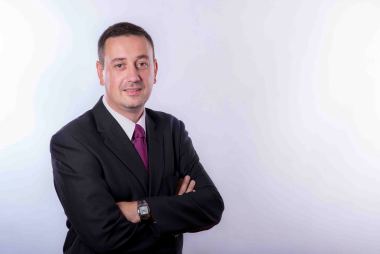LafargeHolcim expands affordable housing solutions in Africa
LafargeHolcim is increasing its commitment to provide low-carbon and affordable housing solutions in Africa by adding further production capacity for its Durabric soil-stabilized bricks. As part of its 14Trees joint venture with CDC, the UK’s development finance institution, the new plant located in Malawi will industrialize LafargeHolcim’s Durabric solution, the first soil-stabilized brick that is sold on mass scale in sub-saharan Africa. 14Trees is now also being introduced in other African markets including Kenya and the Ivory Coast.
Miljan Gutovic, Region Head Middle East Africa: Today, less than 10 % of the population in Africa can afford the cheapest newly built house. LafargeHolcim, with its unique innovation capabilities, has developed a range of construction solutions to make houses more affordable for the majority while improving the environmental footprint of those buildings. With additional production capacities, we are now able to offer these solutions beyond Malawi and increase our positive contribution further.”
Durabric is one good example of efforts to take sustainable solutions to scale. Since 2016 14Trees has worked with the construction sector in Malawi, one of the poorest countries in Africa, to make Durabric the technology of choice in the country. Within the first three years of operations, 2 million bricks have been sold saving over 4000 trees and avoiding over 15000 t of CO2 emissions.
Sustainable and affordable housing
solutions to prevent further
deforestation
Burnt clay bricks, which remain the most used building material in Malawi and several other countries, involve heavy consumption of firewood due to the need to fire the clay that is used to make the bricks. Malawians burn around 850000 t of fuelwood per year in the process of firing bricks. At this rate the entire country would be deforested in a generation, so solutions such as Durabric provide viable alternatives.
Durabrics can save 14 trees for each simple house built compared to fired bricks, thanks to a production process that uses a mixture of soil, sand, cement and water without firing. They are three times stronger than traditional bricks, result in one-fifth of the CO2 emissions compared to common bricks, are up to 20 % cheaper per square meter of wall and are more resistant to heavy rainfall.
Complementing the Lilongwe-based factory, the new plant is located in Blantyre, the country’s business hub and second largest city. In addition, 14Trees has also launched two mobile plants that will be able to flexibly serve rural communities. Those mobile plants cut transport costs and at the same time provide employment for local villagers – often providing them with their first ever decent salary.
14Trees has also developed a turnkey house solution with Durabric as part of which it delivers a one-bedroom house in 12 weeks for less than US$ 20000 and offers home-owners a credit in collaboration with local banks.
//www.lafargeholcim.com" target="_blank" >www.lafargeholcim.com:www.lafargeholcim.com




